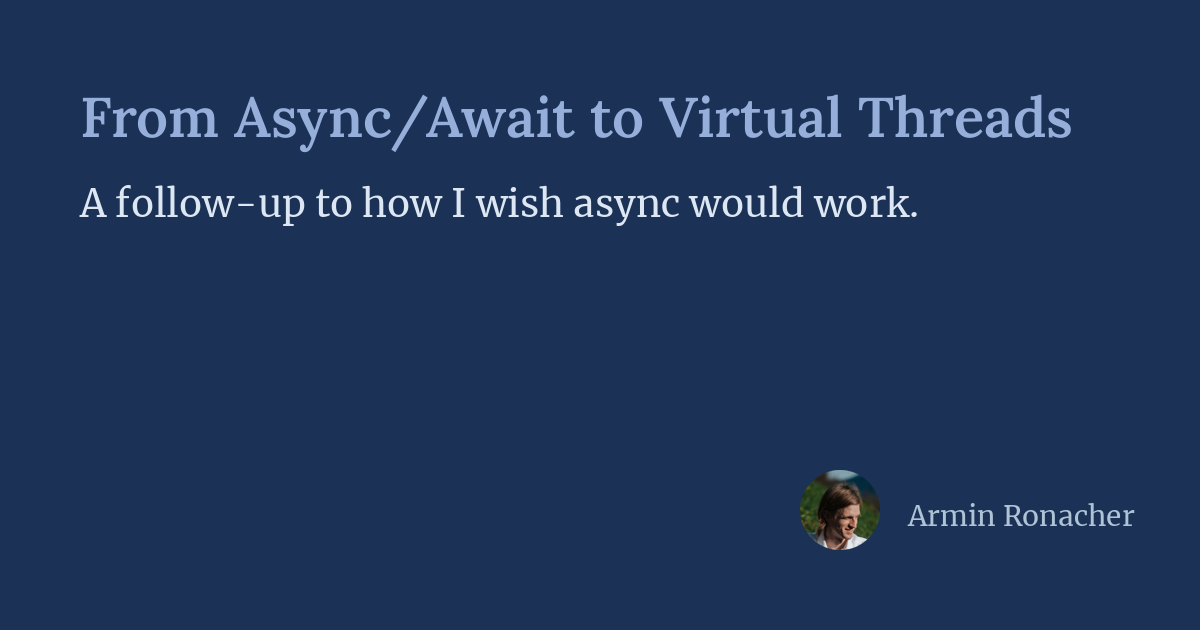
"The introduction of async/await in Python has exposed many more developers to concurrent programming, making the problem of concurrency more visible and approachable. However, it also involves complex internal machinery and requires developers to adapt to colored functions, which can complicate usage."
"Threads are fundamentally simpler concepts compared to async/await, but historical threading APIs have been less than satisfactory. Async/await improved threading by providing clearer methods, yet it also introduced its own complexities, especially with recent free-threading changes."
"The recent developments in Python's concurrent programming landscape, particularly advancements such as structured concurrency, highlight a shift towards integrating threads in a more manageable and effective manner, emphasizing the necessity for tasks to remain linked with their parent tasks."
"The evolving discourse around virtual threads indicates a potential path forward that embraces the simplicity of threading while addressing the shortcomings observed in async/await, providing a clearer framework for developers."
Async/await in Python has effectively broadened the exposure of developers to concurrent programming, simplifying some aspects while complicating others due to its intricate internal machinery. While threads are inherently simpler, the available threading APIs have often fallen short. Recent developments, especially in structured concurrency, advocate for a model where tasks cannot outlive their parent, suggesting a need for a more integrated approach to threading. The conversation around virtual threads reflects an interest in addressing these challenges and improving how concurrency is handled in Python.
Read at Armin Ronacher's Thoughts and Writings
Unable to calculate read time
Collection
[
|
...
]